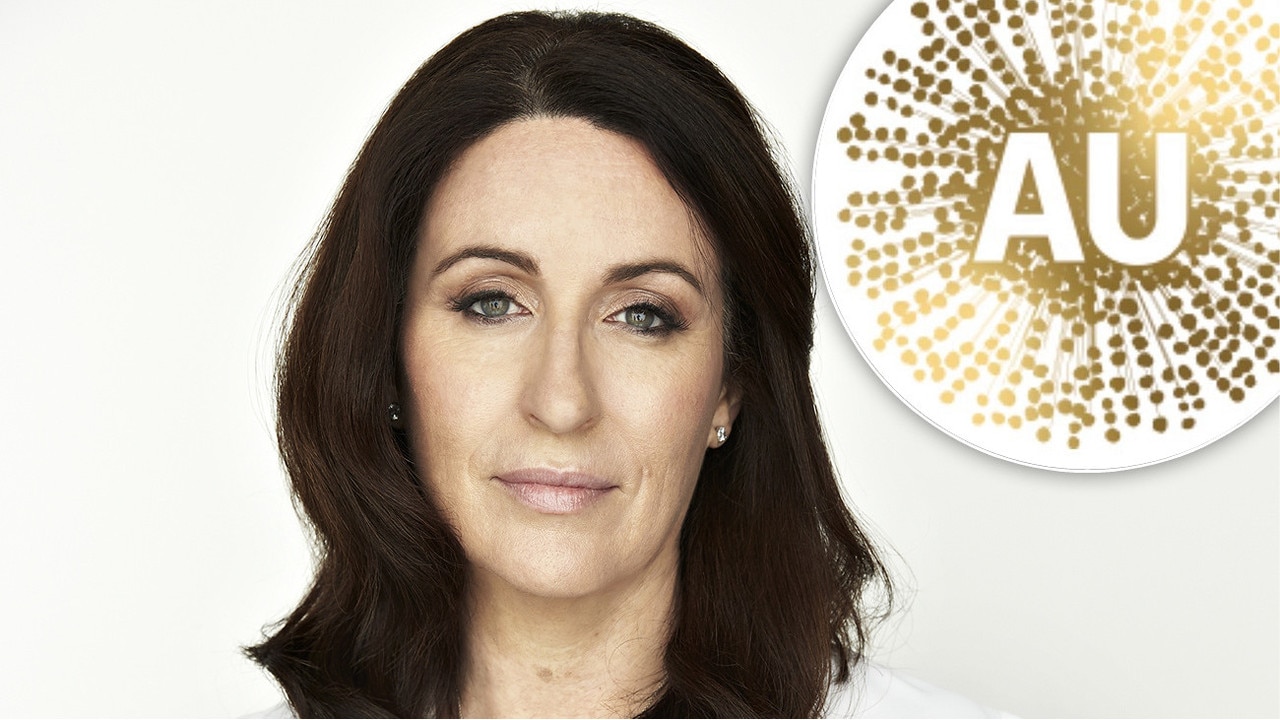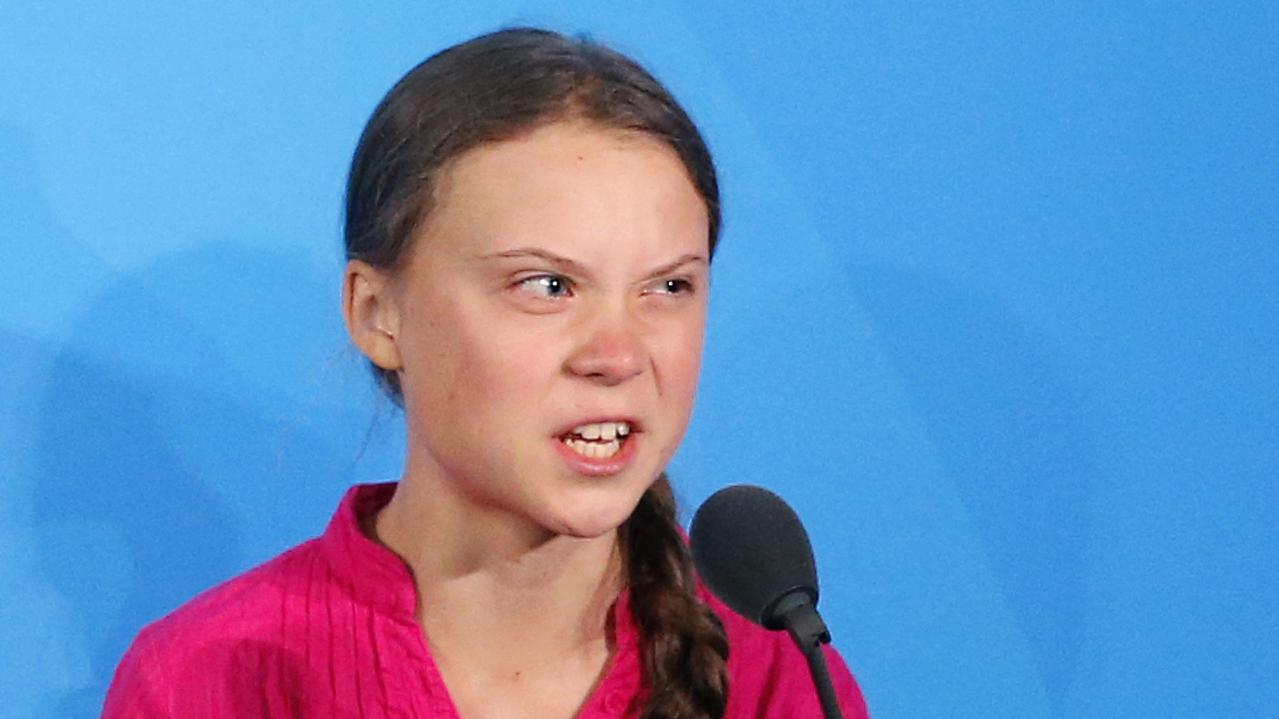How Julie Bishop could have become PM
The former Foreign Affairs minister could have eventually won the top job if she’d stayed in politics, but it’s clearer than ever the Liberals have a massive problem engaging women, writes Paul Williams.
Rendezview
Don't miss out on the headlines from Rendezview. Followed categories will be added to My News.
There’s a phenomenon in Australian politics I call “Costello Syndrome”.
It involves the decision of very senior and very able politicians who, having lost (or about to lose) government, quit politics early, even though the prime ministership is still within their grasp. Why? Because the prospect of sitting for years in the frozen tundra of opposition is just too terrible to contemplate.
It’s named for Liberal treasurer and long-time Howard deputy Peter Costello who, faced with the seemingly impregnable Kevin Rudd after the 2007 election, couldn’t face being a perpetual opposition leader. So popular was Rudd — long enjoyed strong personal approval ratings of around 70 per cent — that potential leaders Costello, Tony Abbott, Joe Hockey and Alexander Downer didn’t even bother contesting the 2007 Liberal leadership ballot.
The leadership instead fell to the brave but hapless Brendan Nelson, then to the inexperienced Malcolm Turnbull. But, by June 2010, on the cusp of Julia Gillard’s own coup, the Rudd charisma had evaporated. The boats began to arrive, a passion for climate policy had morphed into fear, and the preferred PM gap against Tony Abbott had narrowed to just nine points.

Lesson One: Political fortunes can change in a heartbeat.
One can only imagine how the now-retired Costello felt — sitting at home watching the telly — as he realised that even the colossal Kevin could fail and that, had he waited just a few months, he too could have become PM.
Lesson Two: Politics doesn’t always reward the risk-taker, but those who are too cautious achieve nothing.
Last week I saw the Costello phenomenon writ large. Julie Bishop, first elected to the House of Representatives in 1998 and later a strong Foreign Affairs minister, announced she was quitting politics. She didn’t cite “family reasons” or “health” or even the cruel Curtin to Canberra commute. Instead, she diplomatically said it was “time for a new member to take [her] place”.
RELATED: My years photographing Julie Bishop — the ‘Rock Star of Politics’
Yet, if Bishop had stayed on and wrested her party’s leadership when Morrison resigns in May — admittedly a tricky move in a blokey Liberal party — she would have been well-placed to lead the Coalition to victory in 2022 over a clearly unpopular Bill Shorten.
But a Bishop prime ministership will never be, and that’s a tragedy for moderate Liberals — and especially for Liberal women — everywhere. The Liberals saw just 12 females elected to the House of Representatives in 2016, compared to 48 Liberal men. That’s a measly 20 per cent representation for a party that, under Robert Menzies and John Howard, made great strides in increasing Liberal women’s representation.
And while Labor’s 28 women elected in 2016 is fewer than the party’s 41 blokes, women make up 41 per cent of the Labor MPs in the House.

But that more reasonable representation didn’t occur by accident. Nor did it happen by good will alone. Labor improved its female representation because it offers affirmative action at preselections to ensure 50 per cent of Labor seats will soon be held by a sex that comprises 50 per cent of the Australian population. Is that dangerously radical?
RELATED: Gender quotas aren’t ideology, they’re basic math
Of course, Liberal blokes resist “quotas”, insisting candidates be selected on “merit”. But what is political “merit” for a backbencher? Isn’t it the ability to speak confidently in public, digest and “sell” party policy in one’s home seat, and vote loyally with one’s party in the parliament? Does anyone seriously believe literally thousands of women in Liberal party branches today cannot do these things? Does anyone seriously believe every Liberal bloke ever preselected could do these things?
To say the Liberals have a problem engaging women is therefore a massive understatement. Not only has the party brushed aside allegations of bullied Liberal women — claims that saw Liberal Julia Banks resign to sit as an independent — but, ominously, the party has seen two other women announce their retirement (the very able Kelly O’Dwyer and the experienced Ann Sudmalis), with Ryan MP Jane Prentice being dumped for yet another LNP bloke.
So who will remain after the 2019 election to fly the Liberal women’s flag? There will, at best, be just eight Liberal women Senators and, with at least one woman Liberal MP (Sarah Henderson) likely to lose her seat, there could be even fewer Liberal women in the House after May.
Given that fewer than 40 per cent of Australian women voted for the Coalition in 2016 (while 44 per cent of men did so), expect the party’s “gender gap” to blow wide open at the 2019 poll.
Then the Liberals can argue about “merit” from the opposition benches.
Paul Williams is a columnist for The Courier-Mail.


